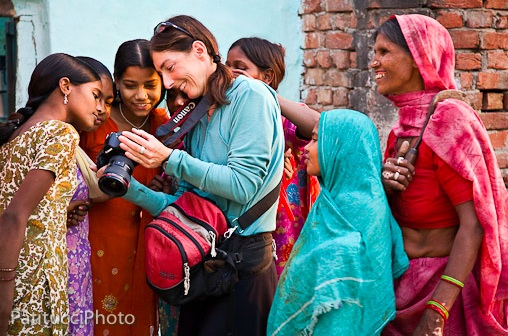Lowepro asked me to shoot a Nimble Photographer movie using their Event Messenger 150 Bag($59 US), which I really like anyway. And since iPhoto for iOS had just been released, it seemed like a great time to make another video.
The setting was old town Petaluma, and there's a fun coffee shop there called The Apple Box Cafe - seemed like a perfect stop for the Nimble Photographer. I shot the scene with the Canon EOS 60Dbecause I can turn its flip-out LCD around to see the composition while filming.
Once set up, I recorded a few minutes of ambient sound to use as a background track. For the dialog however, I opted for voiceover because the coffee shop was a bit too happening for live audio, even with a lapel mic. I pulled all the pieces together using Final Cut Pro X.
The movie storyline is very simple. Packing little more than a digital camera and an iPad 2, I can street shoot, then duck into a coffee shot to edit and upload the images to my online sites. The goal is to show people just how darn easy this is.
Thanks to the good folks at the The Apple Box Cafe for letting me take up a corner of the room for this project. If you're ever in downtown Petaluma (maybe visiting Leo Laporte), be sure to visit and have a coffee or something sweet. And don't forget your iPad.
The Digital Story on Facebook -- discussion, outstanding images from the TDS community, and inside information. Join our celebration of great photography!


















